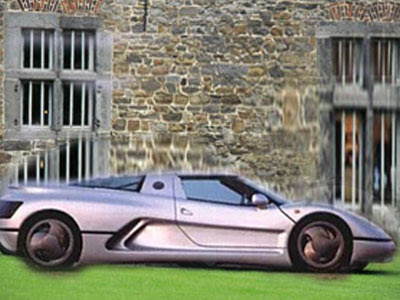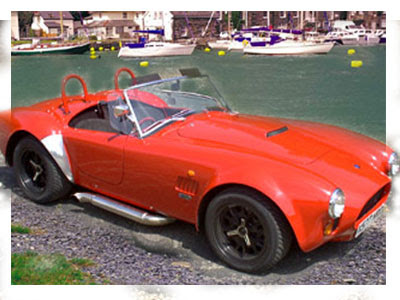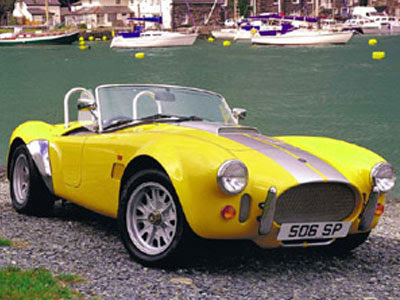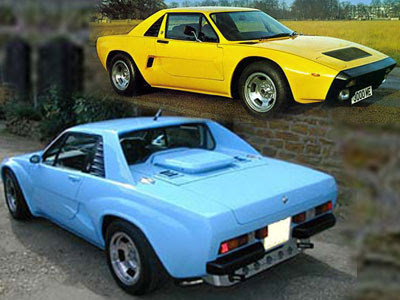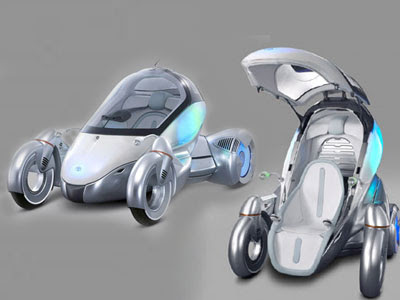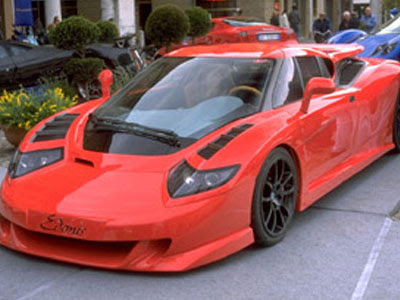
B. Engineering Edonis Super Car by Jean Marc Borel
The Edonis cannot be described as a beautiful car, but it certainly eye catching. Its angular, complicated lines crash awkwardly together in a chaotic fashion, this trend is evident from almost every angle. The headlights give the impression of tiredness, or even depression.
The Edonis supercar is a creation of B. Engineering, a company run by Jean Marc Borel. The Edonis was intended as a demonstration of the design and prototype abilities of his company. The B. Engineering Edonis is a genuine supercar with a 0-60 time under 4 seconds, and a maximum speed of 225 mph.
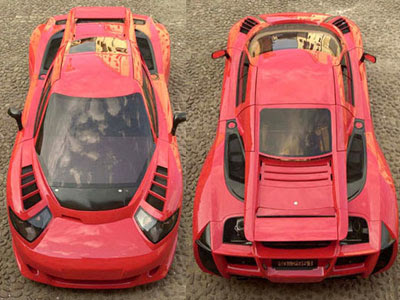
B. Engineering Edonis Super Car by Jean Marc Borel
The Edonis has little to be sad about. Twin turbochargers feed a 3.7 litre V-12 engine to create a whopping 680 bhp at 8,000 rpm. All this power is run through a six-speed manual gearbox.
Using a monocoque built from carbon fiber the Edonis is very strong and light. All the cosmetic exterior body panels are aluminum. To reduce weight further aluminum brake calipers are used.
To save even more space and weight the Edonis rides on Michelin PAX run-flat tires, this means a spare wheel is surplus to requirement.

